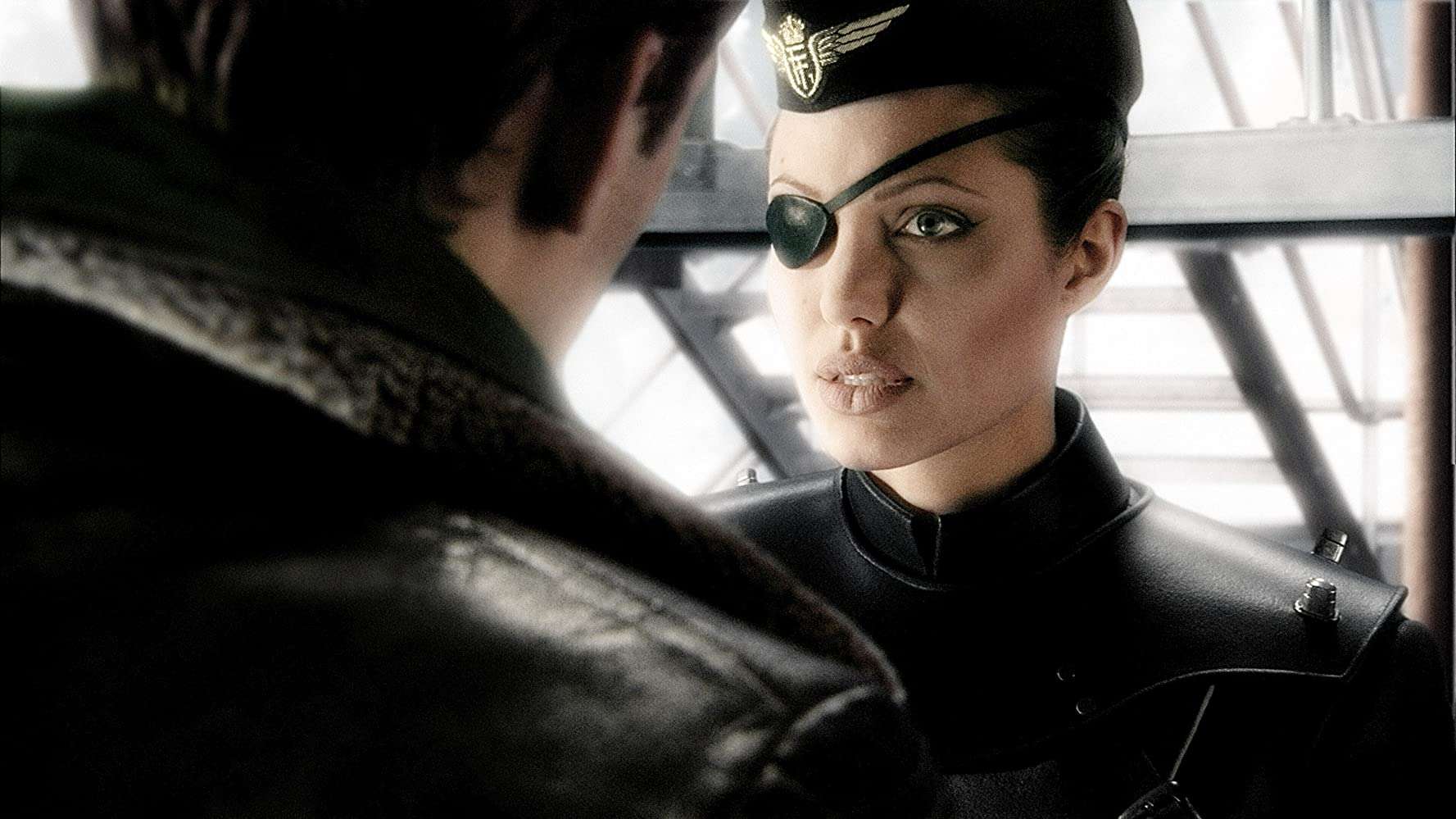Create a free profile to get unlimited access to exclusive videos, sweepstakes, and more!
This Week in Genre History: Sky Captain and the World of Tomorrow was too ahead of its time

Welcome to This Week in Genre History, where Tim Grierson and Will Leitch, the hosts of The Grierson & Leitch Podcast, take turns looking back at the world’s greatest, craziest, most infamous genre movies on the week that they were first released.
One thing movies are always great at in the short but lousy at in the long term is showcasing cutting-edge technology. Any art form that inspires such flights of fancy deep into the human imagination — never minding such regular journeys and explorations into futuristic and far-off lands — is going to need to constantly be pushing the technological envelope. Every summer movie season, thus, seems to bring with it new breakthroughs. From Terminator 2 to Jurassic Park to Avatar, we constantly want our minds blown. The problem, of course, is that eventually, the real world catches up to the technology. And what looked revolutionary at the time ends up just looking... old.
No movie perhaps represents this dichotomy more starkly than Sky Captain and the World of Tomorrow, a movie that came out on Sept. 17, 2004, and that was supposed to completely change the way we experienced movies. And in a way, it did. But it did so in a way that didn’t do its filmmakers, or the film itself, much good at the time.
That’s the thing about revolutionary technology talk: It comes with hype. And if you don’t meet that hype, look out.
Why was it a big deal at the time? While a student at the California Institute of the Arts, a kid named Kerry Conran, who, along with his brother, had been inspired by old Art Deco gothic comic books growing up, became obsessed with computer imaging technology. More to the point, he was giddy with the possibilities of computer animation, the way the usual rules of physics wouldn’t apply, and how you could create a whole world and make it do whatever you wanted. Using only his Macintosh computer, he put together, over the span of four years, a trailer for a potential film combining his two obsessions, trying to make sure it all looked as real as possible. The result was incredibly impressive.
This caught the attention of producer Jon Avnet, who got together with Conran and Conran’s brother to work out a script that would utilize that technology and make it work for a story. This wasn’t the initial plan — Conran wanted a Steven Soderbergh-like independent career — but when a big producer like Avnet says he wants to make a movie with you, you do it.
They ended up getting Jude Law, Gwyneth Paltrow, and Angelina Jolie involved, and suddenly, this little computer project became a potential tentpole Hollywood event. And with that comes pressure. A lot of it.
What was the impact? There were many interviews at the time with the three stars who all seem absolutely marveled by how little interaction they had with actual human beings. Much of the initial hype, and some of its controversy, came from the fact that the film used footage of Lawrence Olivier, who had been dead for 13 years when the movie came out, to play the bad guy. (Sort of.) It’s one of those ideas that feels showoff-y and impressive but mostly just freaks actors out and makes people think your film is somehow playing god by trying to raise the dead. (“Yuck,” wrote Rolling Stone at the time.)
Audiences mostly rejected the film, though if anything, it was more for the throwback nature of the plot than any sort of resistance to technology. In the same way that The Iron Giant wasn’t a hit, audiences didn’t have the same connection to that bygone era that Conran had. Maybe the movie looked cool, but it looked a different kind of cool than what they particularly valued.
The movie ended up grossing only half its budget and was considered one of the biggest flops of the year. Critics tended to like it, though: Roger Ebert said it reminded him of Raiders of the Lost Ark.
Has it held up? The movie’s technology is... not impressive today. The techniques that Conran was innovating have long been adopted en masse and surpassed; nobody cares if you can do something with a Macintosh anymore because there are whole billion-dollar businesses devoted to these effects now. The movie looks how any movie with effects done on a 2003 computer would look today: cheap.
The story itself was always beside the point, but it actually holds up better than the technology does: It’s fun to be in this world. But the actors don’t feel very comfortable; they were new to all this too. You can tell they are reacting to a green screen in a way you can’t tell now.
But that’s the curse of Conran: He was ahead of his time, but he was just too far ahead of his time. What was novel then is routine now. People have mastered his techniques and made them look rudimentary. Conran has co-directed one short, Gumdrop, since then, and he’s otherwise out of the business.
Sky Captain and the World of Tomorrow, as a film itself, isn’t bad. But it doesn’t really matter either. It’s just something that helped lead us to where we are now. So is a Betamax.
Will Leitch is the co-host of The Grierson & Leitch Podcast, where he and Tim Grierson review films old and new. Follow them on Twitter or visit their site.















